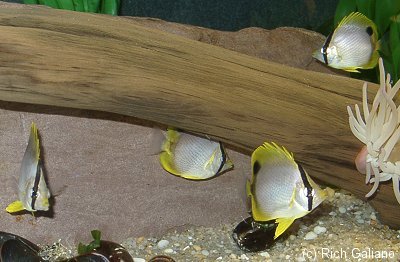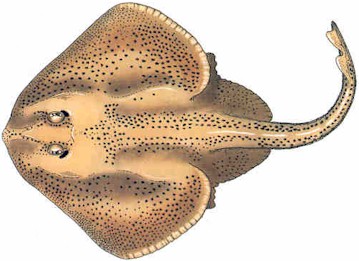Aquarium Guide - Decor
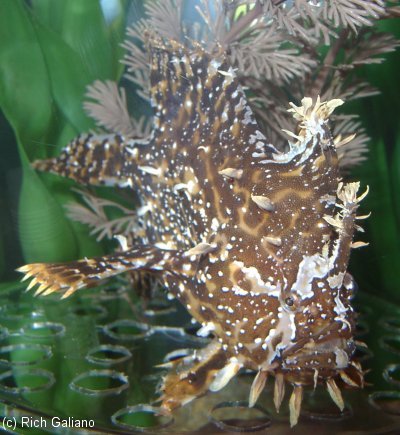
I prefer natural-looking decor in an aquarium. That pretty much rules out fluorescent plastic skulls and little air-powered pirate ships. There are a large number of items that are available to furnish an aquarium, and many of them are even free.
Gravel is available in almost any color you want. All fish have at least some control over their color, and will usually try to match their surroundings. Therefore, I go for darker colored gravels that make the fish's colors more intense. The same goes for the aquarium background - black paper works nicely. Artificially colored gravels are OK, but when they split open the true color inside shows through, giving a salt and pepper effect that you may or may not like. You should have enough gravel to cover the entire bottom of the tank to a depth of at least one inch.
Artificial plants have a number of advantages. The selection of plastic plants is usually greater than the selection of real ones, and they last for years. They will not die, rot, or outgrow the tank, and the fish cannot destroy them. The last item is more important than you might think, as very many fish just love to shred plants, whether they are actually eating them or not. Nowadays, plastic plants can be found that are quite lifelike, and after a few weeks in the tank, a thin layer of algae will make them even more so. The downside of plastic plants is that they tend to be much stiffer than the real thing, and can have relatively sharp edges that some fish can injure themselves on.
Live plants can be as rewarding to keep in an aquarium as the fish themselves. Live plants can make a tank more stable, with better water quality, and reduced algae. Poorly managed, they can have the opposite effect. See the section below on plants.
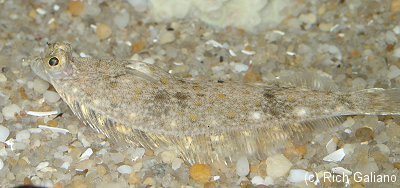
The idea that real plants will provide oxygen for the fish is simply false. Over a 24 hour period, the net oxygen output of a small plant is pretty much nothing. The decomposition of dead plant parts actually consumes oxygen.
In solid decorations, there are several things you should avoid. First, whatever you use should not dissolve in the water. The freshwater aquarium tends to be acid and will eat up seashells, limestone, metals, and other like materials. Better choices are lava rock, quartz rocks, slate, and ceramics. Seashells and the like are ok in a saltwater tank, where it is more important to avoid metallic objects which will corrode and poison the water. Another thing you should avoid is sharp edges. In moments of panic, you don't want your fish injuring themselves.
Brick, cinderblock, and concrete should be avoided, as they tend to decompose, but many of the interesting rocks you may find outside can be cleaned up and used. One of my favorite objects is a piece of ceramic standpipe I found by a roadside. I boiled it clean, and the fish love it. Another good thing is an old coffee mug, although if there is a decal on it, it will slowly dissolve. Clean flower pots are great and add a nice touch of color. Small ones make caves, and you can smash big ones to get interesting shards from which you can build to your heart's content. If you do this, use a file to remove the sharp edges. Even ordinary drinking glasses can be used.
I have found that fish tend not to like dead-ends, but if you make a tunnel for them they will happily swim back and forth through it. You can knock the bottom out of a small flower pot for this, but you may have to try more than once, as these things tend to break unpredictably.
Driftwood from the store is also very attractive. New driftwood is very buoyant, and it may take several weeks before it will stay on the bottom like its supposed to. Driftwood slowly decomposes, and it doesn't hurt to take it out once in a while and scrub off the soft surface layers. ( No soap! ) Ordinary wood is not recommended.
Nowadays there are more and more excellent plastic decorations available that look amazingly like real wood, bark, stone, etc. The only drawback is that they tend to be pricey. Also, all the ones I have seen are molded from white resin and painted. Eventually, the paint wears off, and you are left with an expensive ugly lump of white plastic. Why the color is not in the resin itself is beyond me. I have experimented with repainting ( others seem to have had good results with Krylon Fusion ), but cannot report any long-term result.
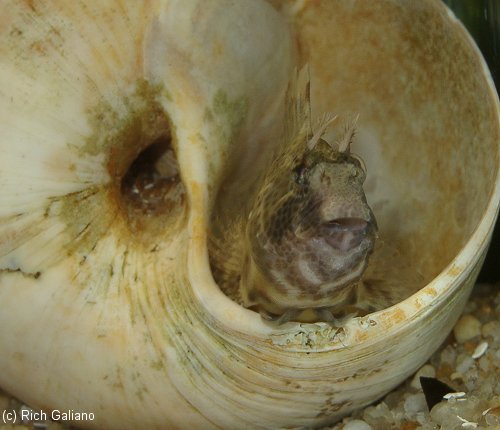
Live Plants
Live plants need a number of things to grow and thrive:
- light
- water
- oxygen
- carbon
- nutrients
The subject of light has been covered above. Water is not a problem in an aquarium, but water quality may be. Generally, conditions that are good for fish will also be good for aquarium plants: pH, temperature, hardness, etc. Oxygen is seldom a problem, but dissolved carbon, in the form of carbon dioxide, often is. This is because CO2 has a very low solubility in water, and fish do not respire much of it. There are a number of ways to address this. Finally, plants require nutrients: nitrogen, phosphates, potassium, calcium, iron, and magnesium are the major ones. Phosphates and nitrogen are supplied by fish waste, but the rest are not, and tap water typically contains almost nothing.
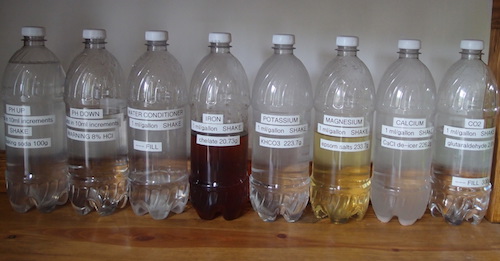
In the photo above, you can see my collection of aquarium water additives. These are 1 liter Aquafina bottles, which I like for their smooth sides - easy to label. Each bottle is clearly labeled with the contents, dosing, and applicable instructions and warnings. Also on each bottle are instructions on how to refill when empty. Most mixes are designed to give a suitable concentration in the tank using 1 ml/gallon dosing, which makes everything simple using a small medicine cup - the kind you get with cough medicine.
All of these may be purchased at exorbitant prices at your LFS, or you can make up your own supply, usually for just pennies. You will need a good small scale to weigh out the quantities. Solutions that use liquid reagents have fill lines marked on the bottle. You could use distilled water for these mixes, but I don't bother with that and have seen no ill effects from using tap water. Everything about this is approximate, so don't worry about getting the quantities exactly right. From left to right, the bottles are:
pH Up: This is a solution of hydrochloric acid HCl, commonly sold by the gallon as Muriatic Acid or pool acid, at a concentration of about 31%. Concentrated acid like this is dangerous stuff that requires special handling, so I dilute it to about 8%, which is safer. Wear gloves and safety glasses while doing this. Simply fill the bottle with 750 ml tap water, and then top it off with acid. Always pour acid into water, never water into acid - it may explode! To use, add in small amounts - 5-10 ml - to get the desired pH. Sulphuric acid, commonly sold as battery acid at auto parts stores, may also be used.
pH Down: This is a solution of sodium bicarbonate, commonly sold as baking soda. Mix 100g with 1 liter of warm tap water. Some will fall out of solution as it cools, but that's ok. To use, add in small amounts to get the desired pH.
Water Conditioner: If your tap water is treated with chloramine rather than chlorine, then you need to use some sort of water conditioner. I use Kordon Amquel Plus, which I buy in gallon jugs and dilute 50% to make a 1 ml/gallon solution.
The following are all for live plants. If your tank isn't planted, you don't need them:
Iron: This is a solution of chelated iron, which can be purchased as a powder for house plants. Mix about 21 grams with a liter of water.
Potassium: This is a solution of potassium bicarbonate, commonly sold as 'brewer's salt'. I find it online. It is the priciest of all these chemicals listed here. Mix about 224 grams with a liter of water. The bicarbonate component has a strong pH-down effect, so use this sparingly.
Magnesium: This is a solution of magnesium sulphate, commonly sold as epsom salts. Mix about 234 grams with a liter of water. The solution in the picture is contaminated with a bit of the iron mix, it would otherwise be clear. Get pure epsom salt, with no scent or other additives.
Calcium: This is a solution of calcium chloride, commonly sold as driveway de-icer. Find a type that is pure, with no additives. Mix about 226 grams slowly with a liter of cold water. CaCl gives off a great deal of heat as it dissolves, hence its use as de-icer, so take care when making up this mix.
Carbon (CO2): This is a solution of glutaraldehyde, commonly sold as a disinfectant. I use a brand called Metricide, which is 2.6% glutaraldehyde - find it online. Use precautions when handling this, it is somewhat dangerous. Mix about 226 grams with a liter of water.
None of these mixes are particularly hazardous once you've made them up. However, at these relatively high concentrations, they may react with each other if mixed. In particular, the potassium and calcium mixtures will eliminate each other, resulting in a lot of inert 'snow'. This can be avoided by simply rinsing out the measuring cup. At the concentrations in the tank, this is not a problem.
Another additive is plain old aquarium salt - NaCl. Unless you are keeping hard-water or brackish fishes, there is no need to add salt to your aquarium, and it can actually harm the plants.
I usually add these solutions after water changes. If I change 10 gallons of water, I add 10 gallons worth of solutions, or 10 milliliters of each. Simple. You can add a little bit extra to allow for consumption. The CO2 solution is dosed based on the whole volume of the tank, and the pH solutions are used as necessary to make the water slightly acid/neutral.
Types of Plants
Aquarium plants may be divided into two groups: those that simply absorb what they need from the water over their entire surface, and those that feed by roots in the substrate. Root-feeders include crypts, swords, lilies, and banana plants. These plants must be planted much like terrestrial plants. While you can simply plant them in the gravel, I prefer to use small flowerpots with regular potting soil. I use three to five-inch pots, depending on the size of the plant. The pots themselves can be buried in the tank gravel. Plants set up like this tend to grow like mad. Re-potting is usually necessary after 4-6 months.
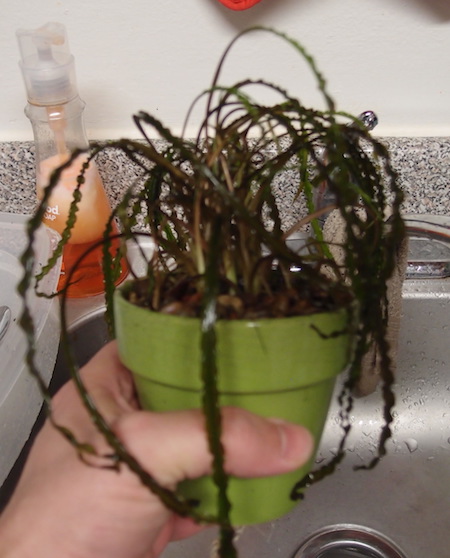
This is a crypt. Normally, the fronds would be two feet long, spreading all over the tank. Compared to that, this one is obviously languishing. It was last re-potted about seven months ago and needs to be done again.
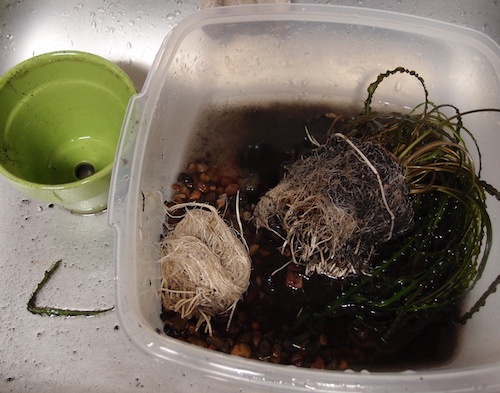
Yes, I was right. At this point, I have dumped the plant out of the pot and separated a solid mass of roots that completely filled the bottom of the pot. You can see how the rest of the roots conform to the shape of the pot. These excess roots are of no use to the plant at all, and also need to be removed.
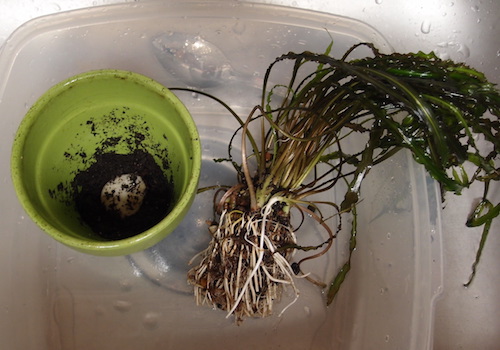
Here is the plant with the roots rinsed out and pruned down to a healthy size to regrow. Also, I put a plug stone in the pot to keep the soil from leaking out of the hole. Next, make a cone of soil in the center of the pot, and spread the roots around it. Finally, fill soil all-around to about 1/2" of the rim. Pull the plant up to the right height, and pack the soil down tight around it, then refill with more soil. Finally, top with a layer of aquarium gravel. That's about a penny's worth of potting soil, and a lot better for the plant than expensive 'root tabs' and other things.
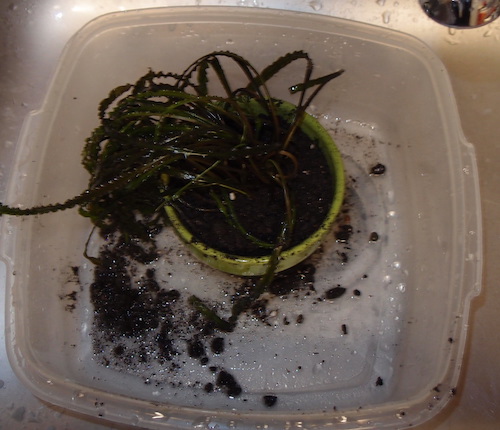
I did all this work in the kitchen sink, with some large plastic containers to rinse everything in cool water. Sending the old soil and the occasional pebble down the drain does no harm unless you have a dispose-all, which would react very badly to any stones. In that case, work in the bathroom sink or even the bathtub, or outside if the weather is nice.
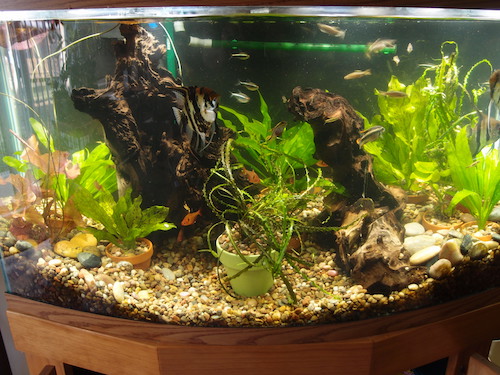
And here is the plant dropped back into the tank, which is looking very messy from the work I've been doing. Notice how there is no black soil drifting around, it is all contained in the pot. This plant belongs in the back corner. After it gets over the insult of being repotted, it will start growing like new. In a month it will be back to its old problem size. This plant has probably been repotted half a dozen times now.
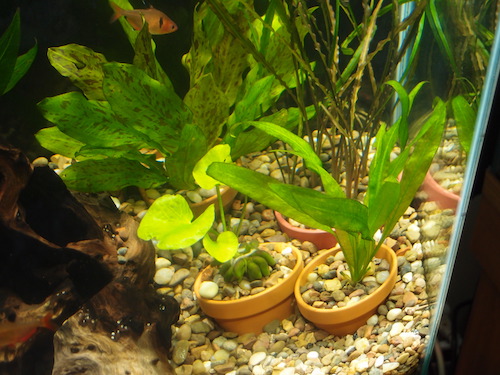
This sort of planting is good for all root-feeders. It is not necessary for most other plants, including ferns, anubias, hygrophila, moneywort, and many more. In fact, it may actually be detrimental for those types, which are better off simply attached to surfaces or floating. One good way to set up those plants is with suction cups and wire ties. You can cover large areas of the back and side glass this way, and as the plants grow in, the suction cups will disappear. To pot a plant that doesn't have enough roots to stay put yet, wrap a piece of string around it, and use that as an ersatz root.

